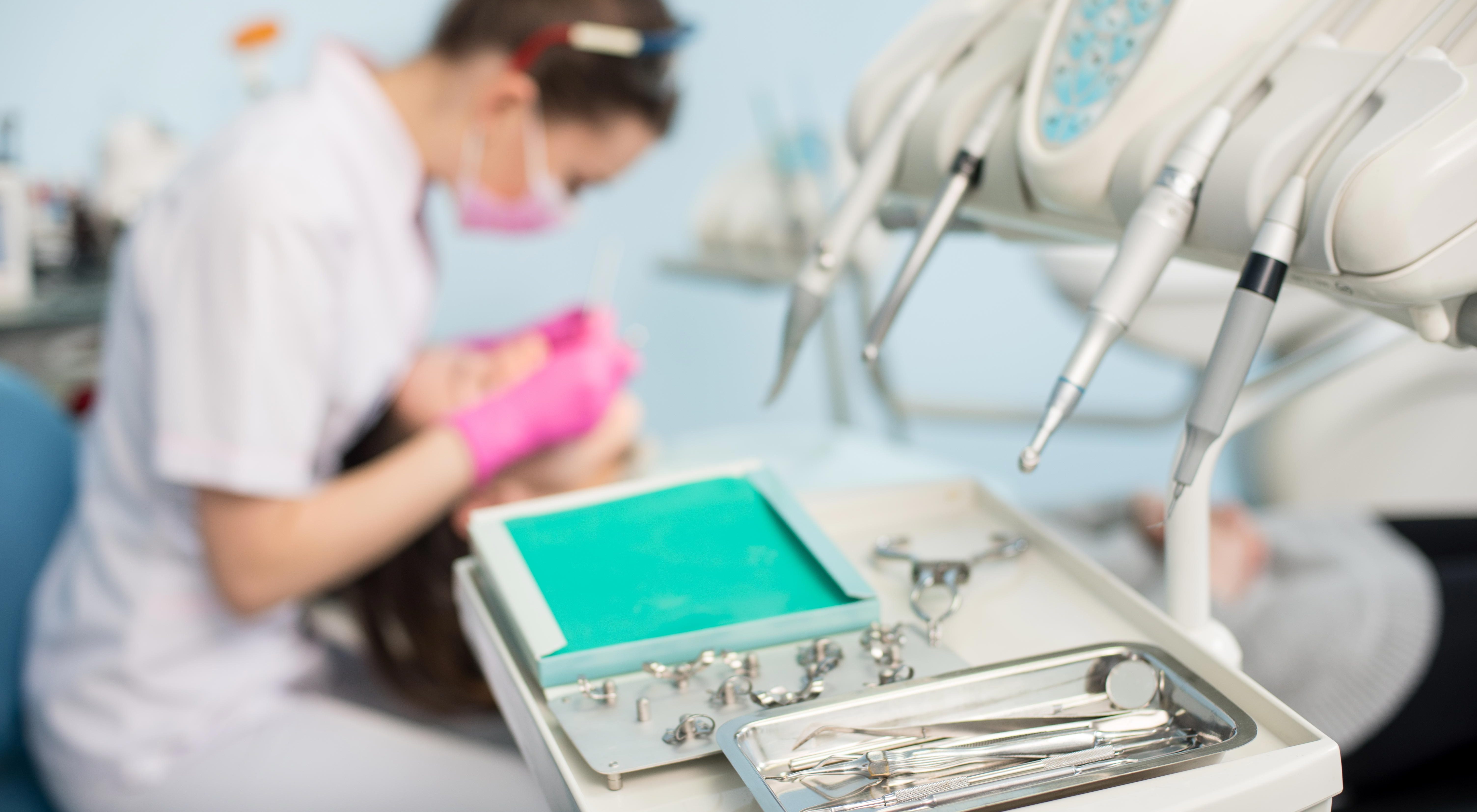 NHS England is publishing new standards for restorative dentistry, which it hopes will serve as a handbook for dental commissioners.
NHS England is publishing new standards for restorative dentistry, which it hopes will serve as a handbook for dental commissioners.
The standards for restorative dentistry include endodontics, periodontics and prosthodontics.
Commissioning standard for restorative dentistry has been welcomed by many associations in dentistry.
‘We want to make sure that patients receive the right care, provided by the right person in the right place,’ Professor Martin Ashley, chairman of RD-UK, said.
‘By working collaboratively, we will improve the quality of the care and the effectiveness of the service.
‘We now have a document to form the basis of our discussions with commissioners.
‘I would like to take this opportunity to thank all of the support team at NHS England as well as all of my colleagues who contributed to the development of this guide.
‘We had to work to a tight timeframe.
‘I am proud that we could all come together to achieve what I believe to be a visionary document.’
‘National benchmark’
It is hoped this new document will enable more equality of access to specialist restorative dental services.
Managed Clinical Networks (MCN) will now use the guide to help develop clear patient pathways.
Numerous stakeholders have been involved putting together this document including the chief dental officer for England, Sara Hurley.
‘Patients, clinicians and commissioners have all contributed to setting a national benchmark for quality with the aim of ensuring all providers can work together to focus on patients and their needs,’ Ms Hurley, says in her introduction to the document.
Restorative dentistry growth
The global restorative dentistry market is expected to grow to $25.9 billion (£19.2 billion) by 2025, research shows.
The report, published by Grand View Research, pointed to the growing number of dental practices moving into the sector as one of the main reasons for the compound annual growth rate (CAGR) of 6.7%.
Other reasons included the growth in digital dentistry and increased demand from patients for cosmetic treatments.
‘The growth of the global implant market should be welcome news for dentists and patients alike,’ Guy Hiscott, editor of Implant Dentistry Today, said.
‘An expanding market means more space for competition, bringing with it more innovation, reduced costs for all concerned, and most importantly, a greater understanding of how dental implants fit into the landscape of modern, appropriate and technologically-advanced dentistry.
‘Dental implants may be the best way to replace missing teeth but to be used effectively they require training and experience from the clinician, and a commitment to maintaining them from the patient.’
Related stories:


